Top 7 Benefits Of Niacinamide For Skin, Uses, And Risks
Learn how niacinamide offers transformative benefits from texture refinement to pore minimization
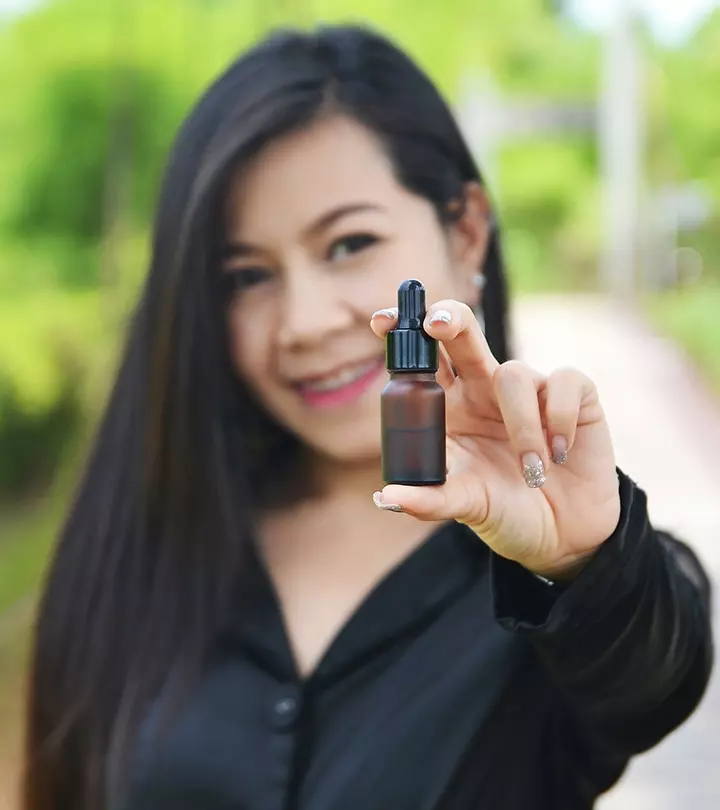
Image: Shutterstock
The popularity of niacinamide for skin care is currently on the rise. It is found in many skin care products as it improves the skin barrier and skin texture. It can treat almost any skin problem and is suitable for all skin types.
Niacinamide is one of the most researched ingredients for skin brightening, hydration, anti-aging, and acne reduction. Keep reading to learn how it can improve your skin, why it is in so many skin care products, and how to use it.
In This Article
What Is Niacinamide ?
Niacinamide is a cosmeceutical and a form of vitamin B3 or niacin (1). It is also known as nicotinamide. Vitamin B3 or niacin is an essential nutrient with multiple health benefits.
Vitamin B3 plays a major role in converting energy and maintaining the overall health of your skin, hair, and other organs. There are many other vitamin B3 or niacin benefits as listed below:
- It ensures the smooth function of the nervous system.
- It regulates healthy cholesterol levels.
- It helps break down carbohydrates into glucose.
- It metabolizes fats and proteins in the body.
Niacin or vitamin B3 has two other forms that are widely used in cosmeceuticals – niacinamide (nicotinamide) and nicotinic acid. Both have different pharmaceutical activities, but people tend to get confused between the two.
Key Takeaways
- Niacinamide is a derivative of vitamin B3 that brightens and hydrates your skin, fights acne, and delays the signs of aging.
- This skin-friendly ingredient is suitable for nearly all skin types and compatible with a wide range of other ingredients.
- You can mix your niacinamide serum with your normal moisturizer or face oil to get a healthier and more vibrant complexion.
Niacin, Niacinamide, And Nicotinic Acid: What Is The Difference?
Despite sounding the same, niacin (vitamin B3), niacinamide (nicotinamide), and nicotinic acid are different forms of vitamin B3.
Niacin is available as an oral supplement. However, your body can make niacinamide from the niacin supplements you take. Nicotinic acid and niacinamide are available as topical solutions. The skin has nicotinic acid receptors, and as a result, nicotinic acid has a drug-mediated effect on the skin (1). It causes vasodilation (dilation of blood vessels), resulting in skin flushing. It may also affect blood pressure, body temperature, and pulse rate.
Niacinamide or nicotinic acid has no side effects and is widely used and studied for its multiple skin benefits compared to nicotinic acid. Let’s take a look.
Benefits Of Topical Niacinamide
1. Anti-Aging Effects
Topical niacinamide raises the intracellular NADP 9 (niacinamide adenosine dinucleotide phosphate) levels. This cofactor works as a redox (a chemical reaction) coenzyme in over 40 cellular biochemical reactions to improve the skin texture, reduce wrinkles and fine lines, and inhibit photocarcinogenesis (biochemical events leading to UV-induced skin cancer) (1), (2).
2. Improve Skin Barrier Function
Topical niacinamide rebuilds keratin, a protein that keeps the skin firm and healthy. It also protects, maintains, and improves the skin barrier to maintain your skin health. It can improve the signs of photodamage and blotchiness and restore the compromised skin barrier. That is why niacinamide is often used in products for skin disorders like erythema (excessive dryness), rosacea, and psoriasis.
3. Promotes Ceramide Synthesis
Topical niacinamide stimulates the natural ceramide synthesis in your skin (2). Ceramides are crucial for maintaining the structural integrity of the skin and epidermal function. Improved ceramide levels reduce transepidermal water loss (TEWL) to maintain skin hydration and reduce dryness. It also improves skin resilience and resistance to other harmful environmental aggressors and topical agents (1).
4. Reduces Hyperpigmentation
Niacinamide prevents the production of melanin pigments (3). Studies have found that 5% topical niacinamide can effectively reduce hyperpigmentation and dark spots to even out your skin tone. Skin experts also recommend using this vitamin for glowing skin.
5. May Reduce Excess Sebum
Applying 2% topical niacinamide may reduce excessive sebum production, thus reducing greasiness and excessive shine. A study evaluating its effect on Japanese and Caucasian individuals found that the 2% solution significantly reduced sebum production in Japanese subjects compared to Caucasian subjects (4).
6. Prevents Sallow Skin
With age, the skin may lose its natural complexion and turn yellow or brown. Niacinamide has antioxidant properties that inhibit oxidative processes like protein oxidation (protein modification caused by oxidative stress) and glycation (attachment of sugar to protein or lipids), and Maillard reaction that produce Amadori products (yellow and brown compounds) that accumulate in the skin (1).
7. Anti-Acne Effects
Several studies found topical niacinamide effective in reducing acne (5). This is due to the anti-inflammatory benefits of niacinamide. Another study evaluated and compared the effects of 4% nicotinamide and 1% clindamycin on moderate acne vulgaris. It concluded that nicotinamide (niacinamide) was more effective in oily and non-oily skin types (6).
In a study conducted with 24,056 adults, acne prevalence was found to be 0.74%, with an average age of 30.1 years. Most patients were female (81.7%), and 68.3% had persistent acne. The most common condition was inflammatory papular acne (72.8%), mainly on the cheeks (85%), which led to scarring in 62.8%. Factors contributing to acne included stress (23.9%), family history (60.6%), cosmetic use (43.5%), and a link to oily/high glycemic foods (42.8%).
Niacinamide can benefit all skin types and has no side effects.
Who Can Use Niacinamide?
You can use niacinamide if:
- You have dry skin.
- You have sensitive skin.
- You have inflammatory conditions like acne, psoriasis, and rosacea.
- You have oily and greasy skin.
- You have pigmentation issues, wrinkles, and fine lines.
- Your skin cannot tolerate retinol and vitamin C.
Niacinamide is available in various concentrations (2% to 10%) as an active ingredient or part of other skin care products. However, the doctor may also suggest niacin supplements if you have a vitamin B3 deficiency. Here is how you can get started with niacinamide.
How To Use Niacinamide For The Skin
If you are new to topical niacinamide, you can:
- Buy the lowest concentration of niacinamide serum and use it as directed.
- Buy products (creams, gels, and lotions) that contain niacinamide.
 Pro Tip
Pro TipIf you have a vitamin B3 deficiency, the doctor may suggest niacin supplements. Your body can convert vitamin B3 into niacinamide, which can benefit your skin and improve its overall health.
A skin care blogger, who tried using niacinamide rose water toner, shares saying, “After some time, I noticed my skin would produce less oil. There was slight improvement to my skin though it did not stop breakouts entirely. My existing pimples appear less inflammed and I also did notice my skin seem a little brighter (i).”
Niacinamide is frequently used with other active ingredients and in combination with topical medicines.
What To Pair With Niacinamide For The Maximum Benefits
Niacinamide is a wonderful skin care ingredient and can go with almost all other ingredients. It works best with:
- Retinol
- AHAs and BHAs
- Alpha arbutin
- Peptides
- Ceramides
- Hyaluronic acid
- Camellia sinensis
- Catechins
- Quercetin
- Tocopherol or Vitamin E
 Pro Tip
Pro TipAvoid mixing niacinamide and vitamin C. Applying these antioxidants for the skin one after the other can reduce their potency. You can use them or layer them at a gap of 10-15 minutes. Niacinamide is a safe ingredient. However, first-time users may experience some minor side effects.
Are There Any Risks Of Using Niacinamide?
No. Niacinamide is one of the safest ingredients in the skin care industry. However, if you are using it for the first time, you may experience mild redness, itching, and burning sensations. However, that goes away once your skin gets used to it. Most of the users have never experienced any side effects.
Niacinamide is a skin-friendly ingredient, and you can combine it with almost all other active ingredients. Using niacinamide for skin may help improve your skin barrier resilience, reduce the appearance of aging signs, maintain skin hydration, even out your skin tone, reduce excess sebum, and prevent acne. If you have dry and sensitive skin, combine it with moisturizers, serums, oils, and other products you use to reap its maximum benefits. However, if you are new to niacinamide, start using it at a lower concentration. When used correctly, niacinamide can be your one-stop solution for maintaining healthy and bright skin.
Frequently Asked Questions
Which is better – niacinamide or vitamin C?
Both niacinamide and vitamin C strengthen the skin barrier and hydrate the skin. However, niacinamide is a better option if you have sensitive skin.
Which is better – niacinamide or hyaluronic acid?
Hyaluronic acid and niacinamide are used for different functions. If you are looking for hydration, then hyaluronic acid is better than niacinamide. Use niacinamide if you have other skin concerns, like acne issues, hyperpigmentation, etc.
Can niacinamide cause pimples?
Niacinamide is unlikely to cause pimples. However, do a patch test if you are using it for the first time.
Which is better – retinol or niacinamide?
Retinol and niacinamide have similar benefits. However, retinol is stronger than niacinamide. Therefore, it is best to use niacinamide if you have sensitive skin. You can also mix them both and use them.
How do you know if niacinamide is working?
You begin to see results within 8 to 12 weeks of starting using niacinamide. Any burning sensation, irritation, and itching are signs that it is not working for your skin.
Can I put niacinamide on a popped pimple?
Yes, you can put niacinamide on a popped pimple.
Can you put niacinamide under makeup?
One can use niacinamide under the makeup it can help to regulate sebum production and control shine. However, make sure to apply the niacinamide-based product after cleansing and toning either in the form of a serum or a niacinamide-based moisturizer before putting on the makeup.
Can niacinamide left overnight?
Niacinamide can be used left overnight on the skin. However, if you are using it as serum make sure to apply it on freshly cleansed skin and before using the moisturizer.
Can you use retinol and niacinamide together?
Niacinamide can be used in combination with retinol. The former helps to lower the skin irritation and dryness caused by retinol. Combining both retinol and niacinamide can help to improve skin tone, reduce signs of aging, and combat acne (5), (7).
Say goodbye to dryness as Niacinamide reduces pigmentation and inflammation. Check out the below video to explore a variety of Niacinamide products at different price points for radiant and healthy skin.
Personal Experience: Source
StyleCraze's articles are interwoven with authentic personal narratives that provide depth and resonance to our content. Below are the sources of the personal accounts referenced in this article.
(i). DIY Skincare: Niacinamide Rosewater Tonerhttps://vivavoomz.blogspot.com/2011/08/diy-niacinamide-rosewater-toner.html
References
Articles on StyleCraze are backed by verified information from peer-reviewed and academic research papers, reputed organizations, research institutions, and medical associations to ensure accuracy and relevance. Read our editorial policy to learn more.
- How Much Do We Really Know About Our Favorite Cosmeceutical Ingredients?
https://www.ncbi.nlm.nih.gov/pmc/articles/PMC2921764/ - Nicotinic acid/niacinamide and the skin
https://pubmed.ncbi.nlm.nih.gov/17147561/ - The effect of niacinamide on reducing cutaneous pigmentation and suppression of melanosome transfer
https://pubmed.ncbi.nlm.nih.gov/12100180/ - The effect of 2% niacinamide on facial sebum production
https://pubmed.ncbi.nlm.nih.gov/16766489/ - The role of nicotinamide in acne treatment
https://pubmed.ncbi.nlm.nih.gov/28220628/ - Topical 4% nicotinamide vs. 1% clindamycin in moderate inflammatory acne vulgaris
https://pubmed.ncbi.nlm.nih.gov/23786503/ - Nicotinamide attenuates aquaporin 3 overexpression induced by retinoic acid through inhibition of EGFR/ERK in cultured human skin keratinocytes
https://www.spandidos-publications.com/ijmm/22/2/229
Read full bio of Dr. Priya Gill
Read full bio of Ramona Sinha
Read full bio of Eshna Das
Read full bio of Monomita Chakraborty





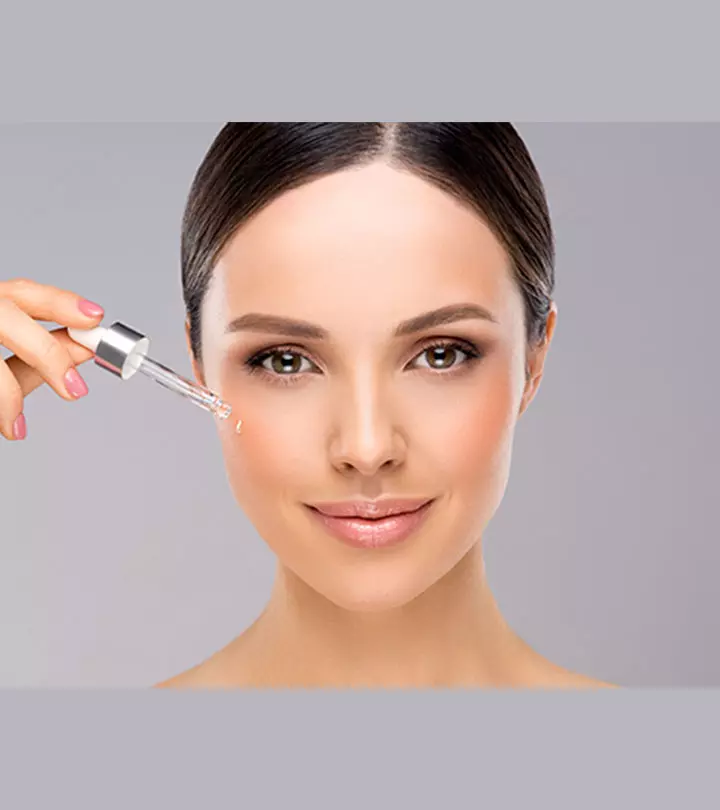


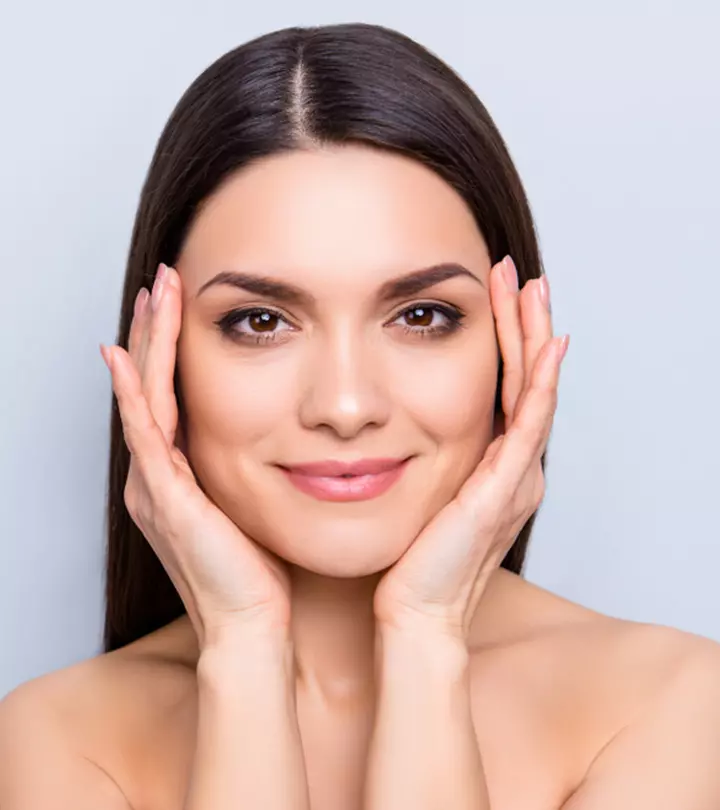
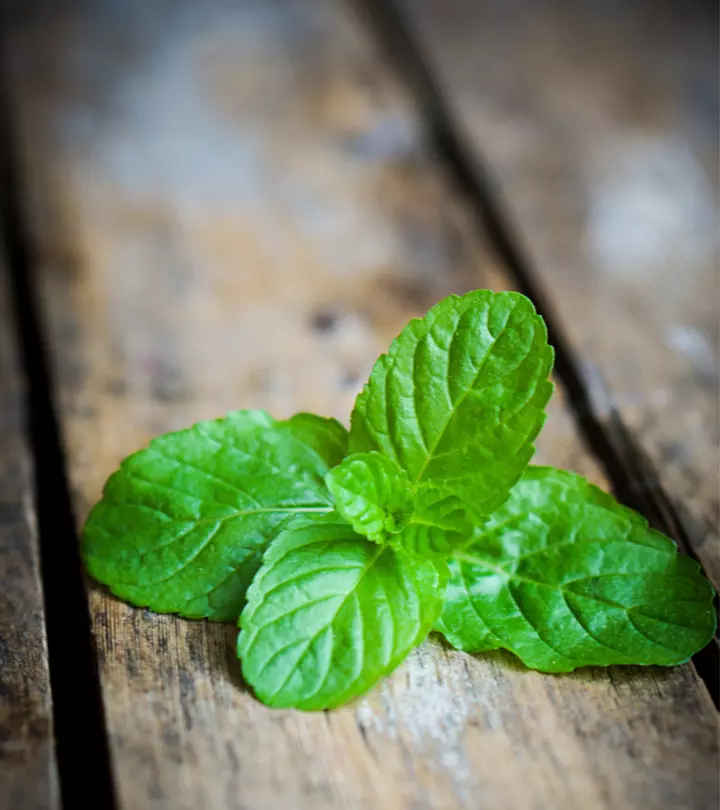



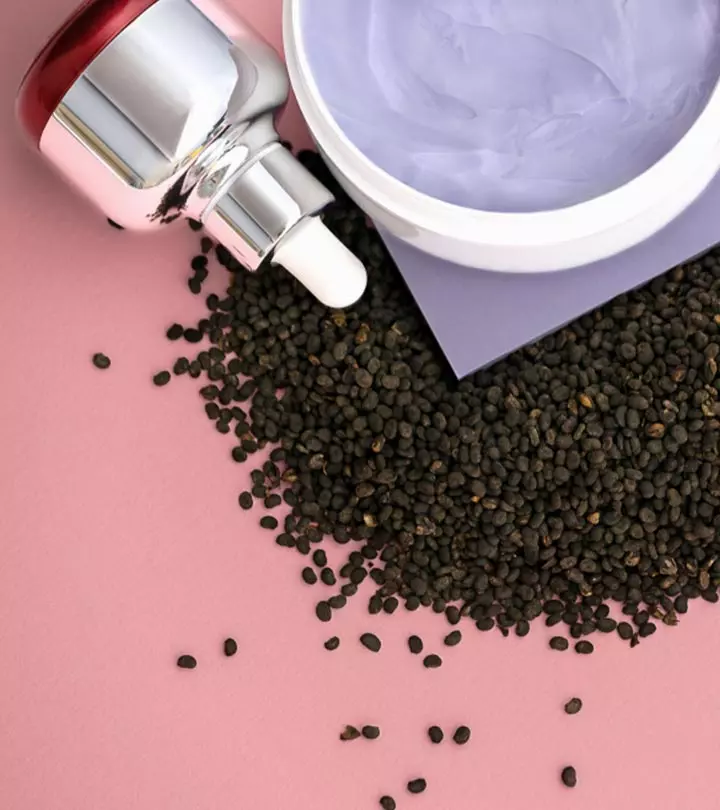



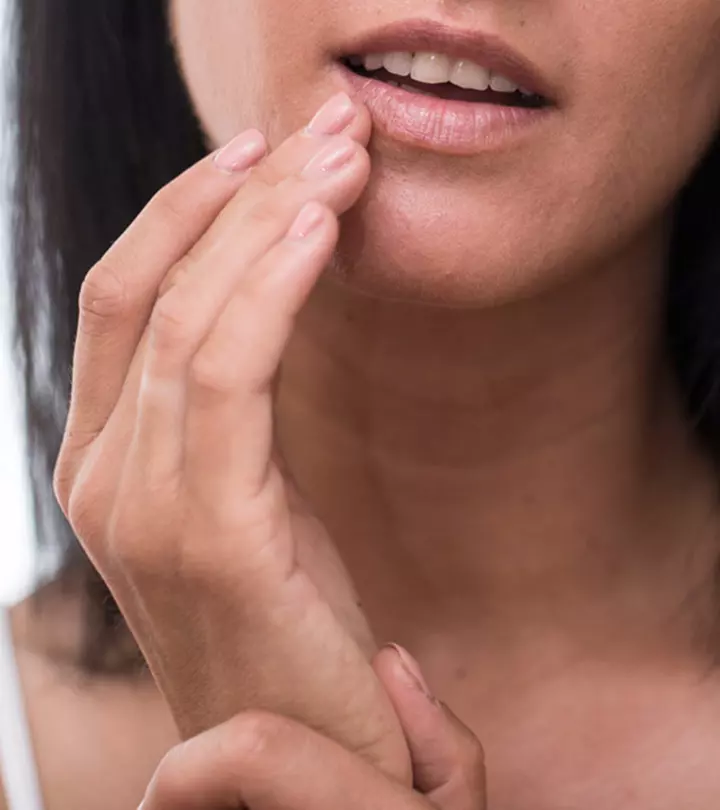



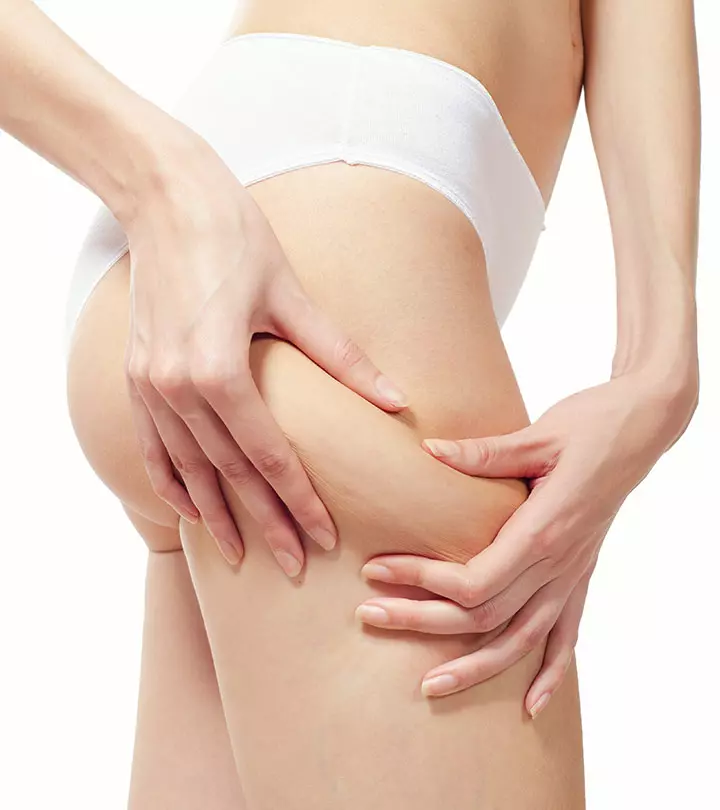

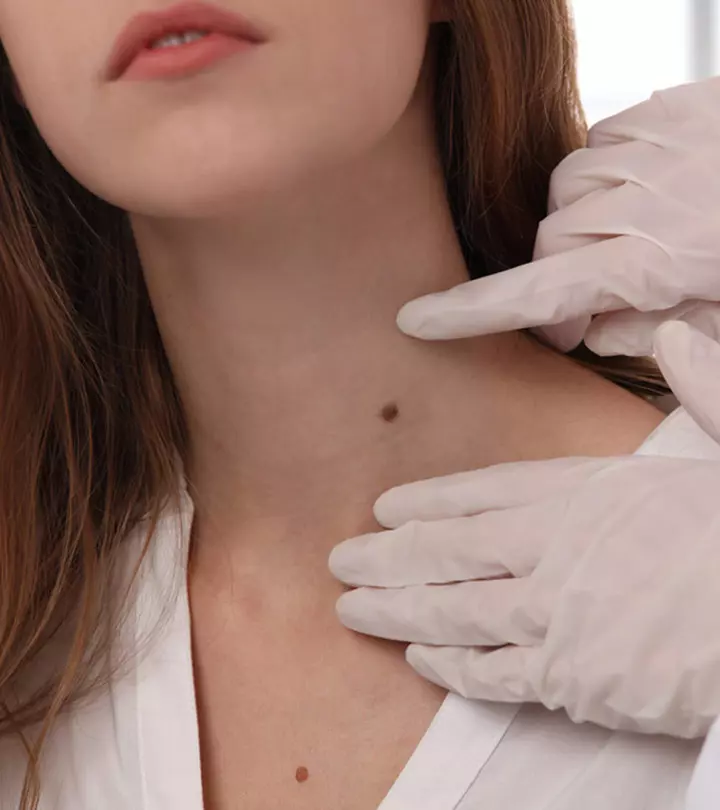
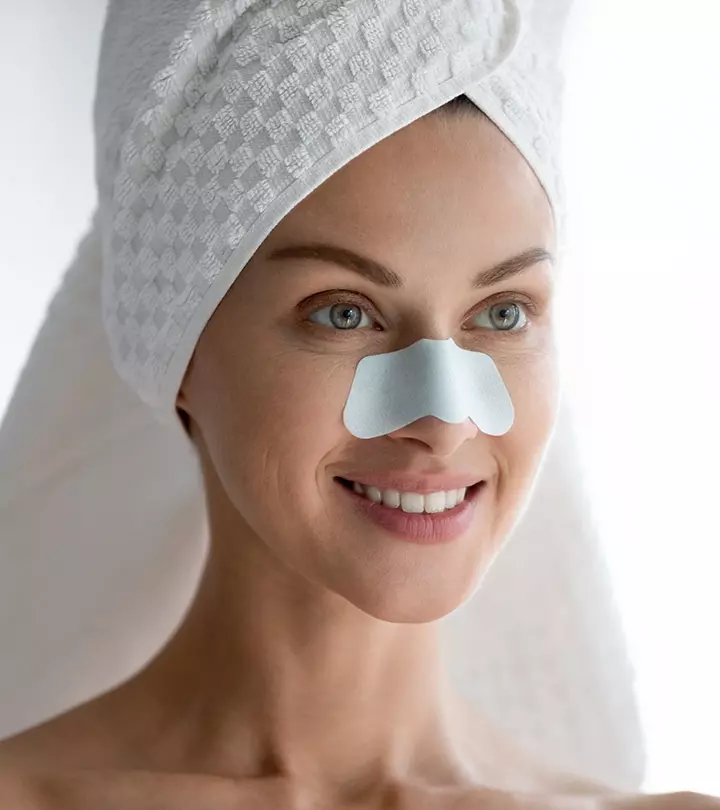
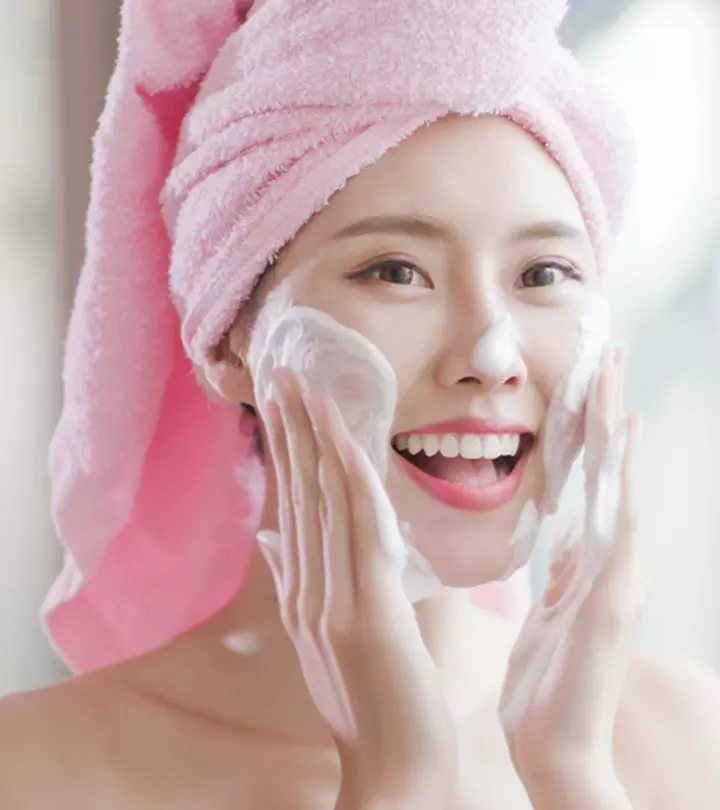
Community Experiences
Join the conversation and become a part of our empowering community! Share your stories, experiences, and insights to connect with other beauty, lifestyle, and health enthusiasts.